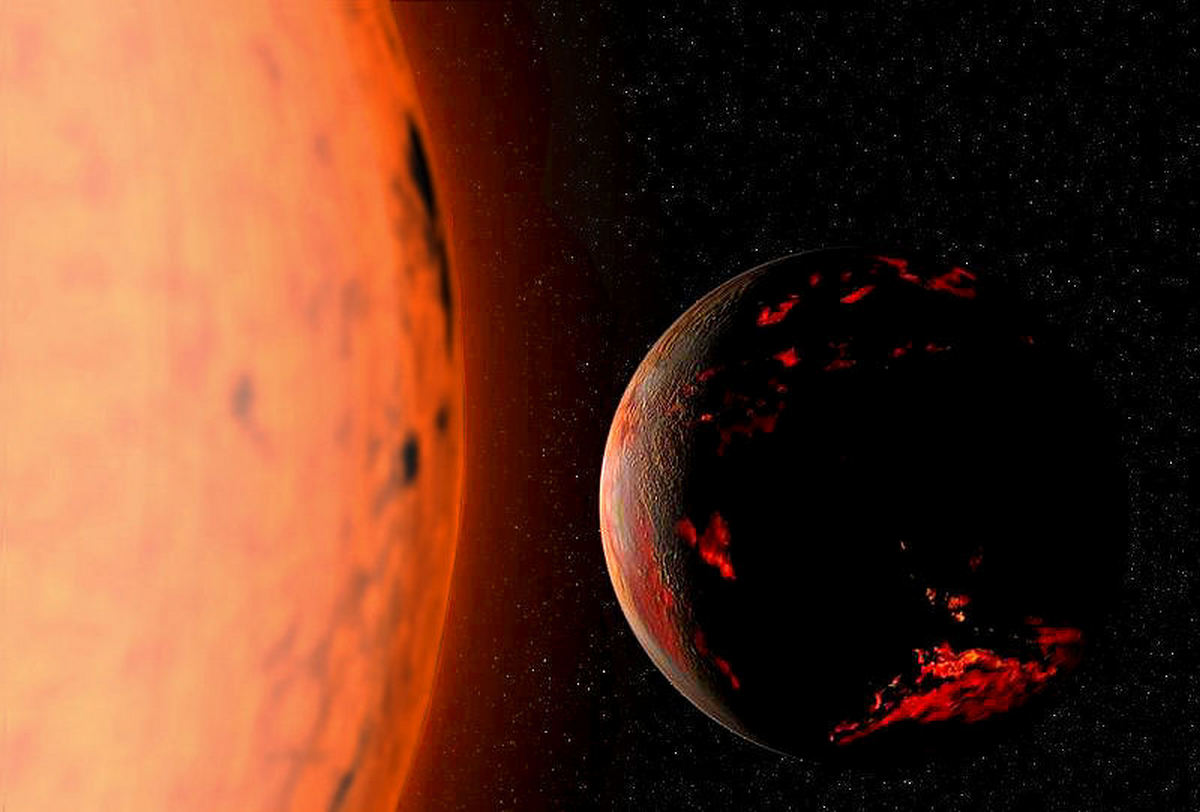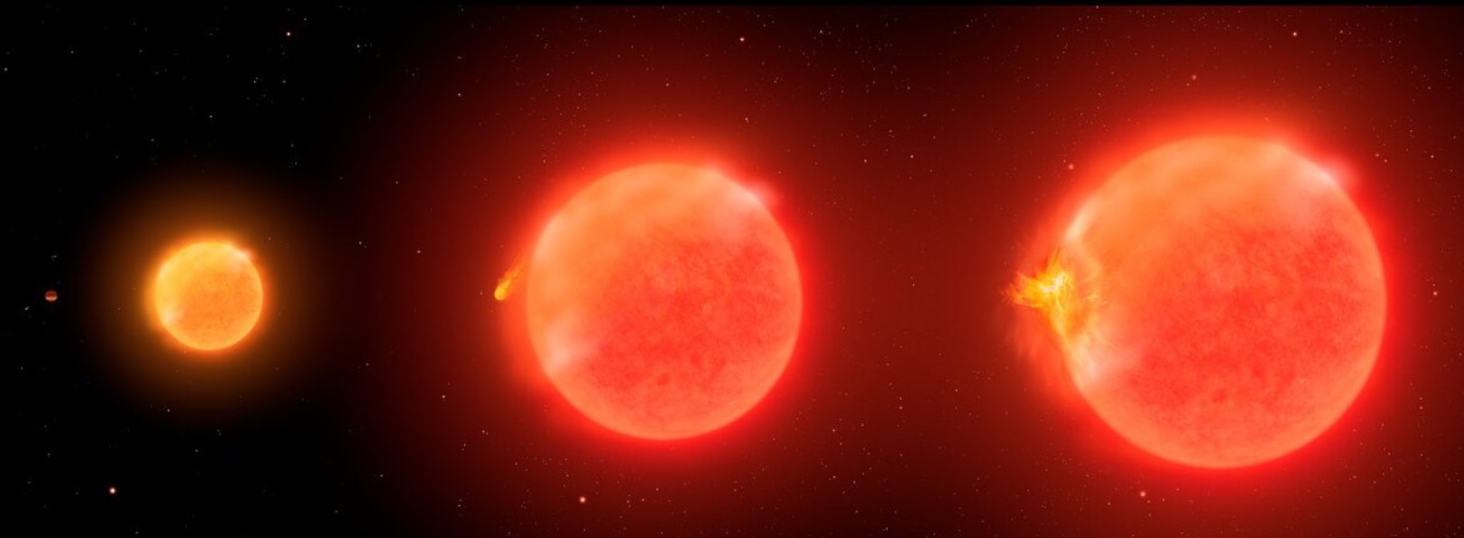According to scientists’ calculations, in a few billion years, when the Sun exhausts its fuel, it will expand and absorb the nearest planets. Although life on Earth will continue for a long time to come, the planet can survive even after the Sun dies. The optimistic scenario for Earth is supported by recent observations of a rocky planet that survived the death of its star.

Astronomers, through the effects of microlensing, have discovered a star system 4,000 light-years away where an Earth-like planet survived the death of its star. Research has shown that two objects orbit around a white dwarf, the remnant of a dead star: a brown dwarf and an exoplanet 20% larger than Earth. The results of the study are published in Nature Astronomy.
This situation could be an example for the future of the Earth. In about 5 billion years, the Sun will exhaust its hydrogen fuel, and the core will begin to shrink and heat up, leading to the formation of heavier elements such as carbon and oxygen. The Sun will turn into a red giant and could destroy the Earth, as it will with Mercury and Venus. Or there could be another scenario where our planet could stay at a distance sufficient for continued existence.
However, life on Earth will disappear much sooner by then. According to Keming Zhang, a doctoral student at the University of California, Earth’s oceans will evaporate in a billion years due to the greenhouse effect caused by the aging sun, not human activity. Two planets orbiting a white dwarf show that the death of a star doesn’t always mean the death of its planets.

Another study describes a planet that survived near the red giant, although its surface is so hot it melts steel. However, even if the Earth doesn’t die with the Sun, it will become uninhabitable. The Earth’s orbit will move away from the Sun, making it cold, dry and waterless, like Mars is now.
But there is an optimistic scenario: Jupiter and Saturn’s moons, where there is frozen water, could become habitable during the Sun’s red giant phase. If humanity still exists, these moons could become a new home for humans.
We previously reported on where to look for habitable exosatellites.
According to Gizmodo


